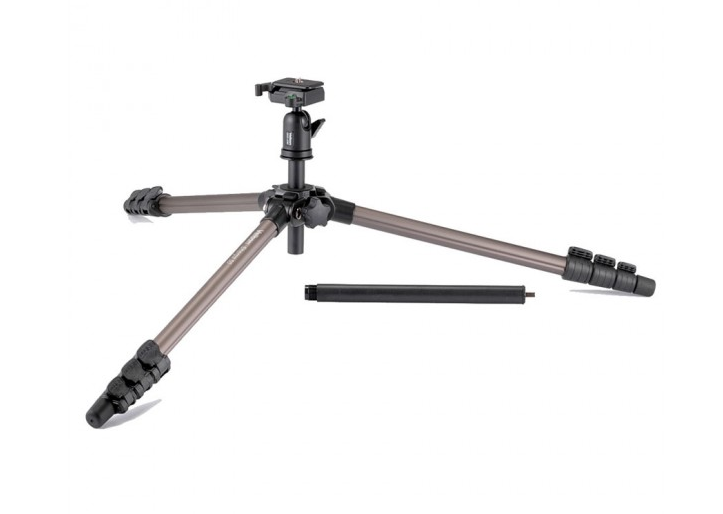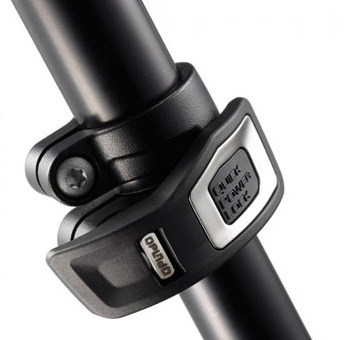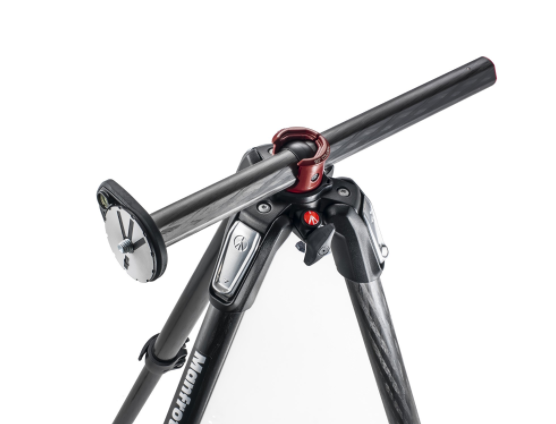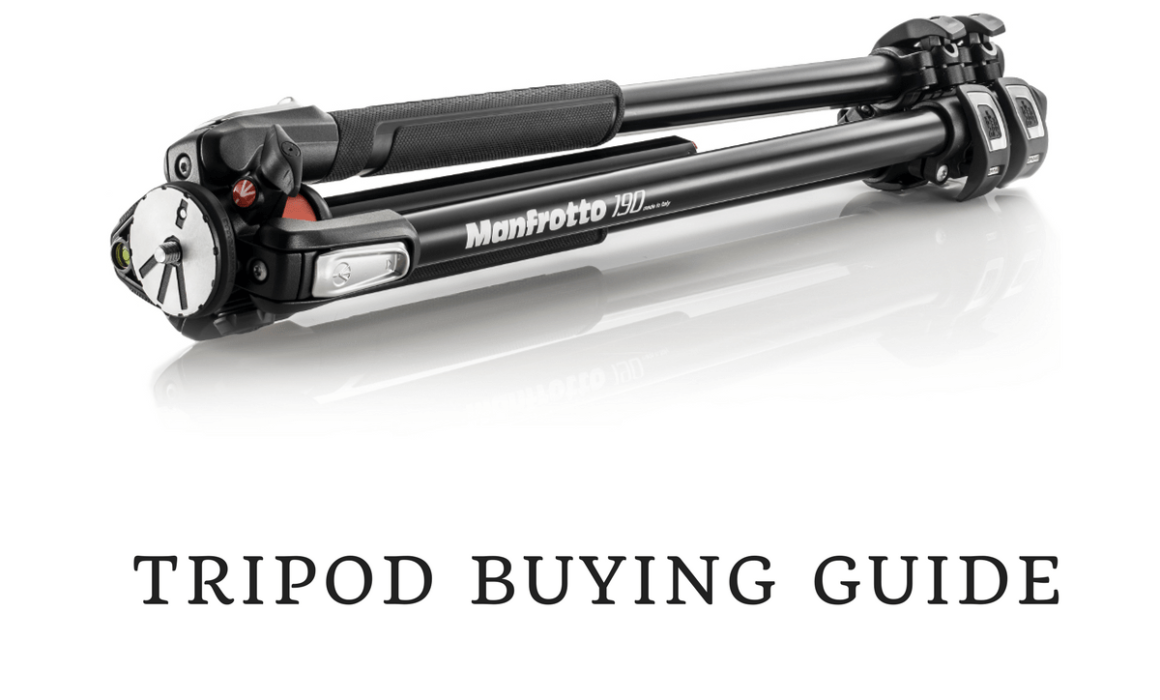How to Select the Best Tripod [Tripod Buying Guide]
A tripod is one of the must-have camera accessories for a photographer. It helps you get a steady shot, especially in low-light conditions. But there are some factors to consider before buying a tripod. I will list out all the things that you need to check before buying one. It will help you to select the right tripod. You can use this as your tripod buying checklist.
1. Maximum Payload for the Tripod
The maximum payload is the total weight capacity of the tripod.
As a thumb rule, go for a tripod that can support double the total weight of your camera. It will ensure that your camera gear is safe after mounting on the tripod.
Suppose, the equipment that you mount (camera, lens, flash, or other accessories) weighs 3kg, you should buy a tripod that comes with a payload capacity of 6kg or more.
It is because when you take pictures, you will apply some force on the camera, which adds to the total weight.
👉🏻The maximum payload capacity is the first and one of the main criterion to select the right tripod.
2. Maximum Unfolded Height
Maximum unfolded height is the height up to which the tripod can go in its fully unfolded condition.
The question is what decides this height? It is actually dependent on the height of the person using it.
In the fully extended condition, the photographer should be able to look through the viewfinder of the camera without bending down.
Buy a tripod that comes with a maximum unfolded height greater than or equal to your height.
3. Weight of the Tripod
Before selecting a tripod you must consider the tripod weight also.
The tripod weight is very critical if your photography involves lots of travel. It is mainly applicable to travel, wildlife, nature, and wedding photographers.
Also, for an outdoor photographer, when you travel on flights there will be restrictions on the weight that you carry.
So, an outdoor photographer must go for a lightweight tripod.
You can go for a light-weight carbon fiber tripod instead of the heavy aluminum ones.
If you are a studio photographer, weight doesn’t matter much.
4. Minimum Height

Minimum height is a factor to consider for macro, nature, and landscape photographers.
People shooting nature tend to go for a lower angle which requires smaller tripod heights.
Macro photographers want the camera to get closer to the subject that is at ground level or slightly above ground level.
So, make sure that the tripod you buy meets the minimum height requirement as per your shooting needs.
5. Folded Height
If you are a travel or landscape photographer, folded length of the tripod is another factor to consider.
Select a tripod with minimum folded length.
It will ensure that the tripod goes into your bag comfortably.
Also, make sure that the stability of the camera gear is not compromised by going for a tripod with a smaller folding height.
6. Tripod Legs Tightening Mechanism

Different tripods come with different tightening mechanisms for holding the legs after extending.
Most tripods come with quick-release leg levers. It has got its own pros and cons.
The advantage is that you can easily fold it as well as unfold it. But, over a period of time, it starts to become loose (only when you use the tripod extensively for your shoots), which puts your equipment at risk.
The other type of tightening is turning the ring in one direction to loosen and in the other direction to tighten. Here it will be sturdy but it will increase the assembly/ disassembly time.
7. Multiple Leg Angle Options
The option of multiple leg angles gives the photographer the flexibility to shoot at different angles.
If the surface on which you are going to keep the tripod is uneven, then this flexibility of having adjustable angles for the tripod legs is very useful.
If you are into landscape and nature photography, this feature will be very useful.
8. Flexibility of the Central Column

Tripods with flexible central column are a little costlier when compared to non-flexible ones.
There are 3 types of central columns you can find in the market.
The first type is the one in which the central column is fixed and you need to adjust the legs to change the height.
The second type allows you to adjust the height vertically up to a level.
In the third type, you can flip it or invert it or put in some angle also.
So, buy one which suits your requirement and budget.
👉🏻 📖 READ MORE: Tripod thread size Vs Camera thread size
9. Removable Leg option
Nowadays, there are tripods that come with removable leg options.
Now, you will be thinking, why do we have to remove one leg of the tripod since it makes it unusable?
This option allows you to use the removable legs as a monopod. This feature is helpful, especially for wildlife photographers.
If you are looking to buy a monopod along with the tripod then consider going for a tripod with monopod option. It will help to save some cash.
10. Spirit Level

The inbuilt spirit level is very useful for landscape photographers to ensure that the camera is at level with the surface.
This feature is very useful when shooting 360-degree photos or panoramic photos.
If you are a landscape photographer, ensure that there is an inbuilt spirit level in your tripod before selecting one.
Otherwise, you need to invest in a spirit bubble level to check the camera level.
11. Tripod Material
Professional tripods are made up of either carbon fiber or aluminum alloy.
You will also get plastic tripods in the market. But, they are cheap and will not last long.
Carbon fiber tripods are less heavy when compared to aluminum ones. But they are costlier than aluminium alloy tripods.
Carbon fiber tripods are less susceptible to rust when compared to aluminum ones. Thus, you can use it on seashores and other places where there is a chance of water getting in contact with the tripod legs. There won’t be any issues of rusting.
12. Budget
The tripod cost is another important factor that decides which tripod to buy.
If you have a budget constraint, prioritise the above factors according to your needs and compromise on some factors to select the right tripod.
Never compromise on the safety of your camera equipment while making the choice.
From the above factors, shortlist what features you would like to have in your tripod, and depending on your budget, buy one.
Make sure to choose the right tripod that matches your style and type of photography.
13. Tripod Head Choice
There are different types of tripod heads available in the market. Different photography genres demand different styles of heads.
Wildlife photographers who use heavy telephoto lenses will need a good gimbal head whereas a landscape photographer will need a ball head.
Most professional tripods come with separate legs and head options. Thus, you can mount any head according to your comfort.
There are some tripods that come with integrated heads. If you invest in such a tripod, you won’t be able to use multiple heads on the same tripod. So, choose wisely.

